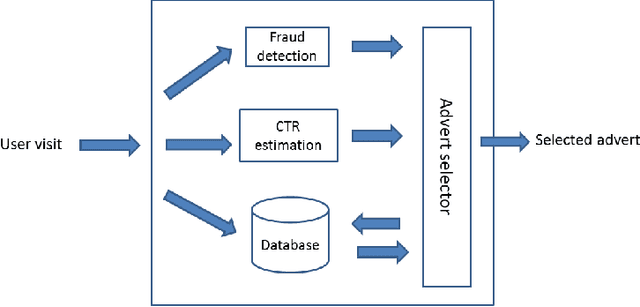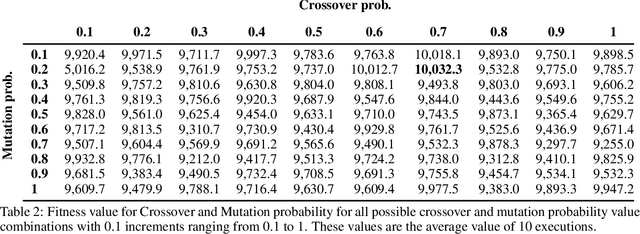José Manuel García
Code Detection for Hardware Acceleration Using Large Language Models
Jul 19, 2023Abstract:Large language models (LLMs) have been massively applied to many tasks, often surpassing state-of-the-art approaches. While their effectiveness in code generation has been extensively studied (e.g., AlphaCode), their potential for code detection remains unexplored. This work presents the first analysis of code detection using LLMs. Our study examines essential kernels, including matrix multiplication, convolution, and fast-fourier transform, implemented in C/C++. We propose both a preliminary, naive prompt and a novel prompting strategy for code detection. Results reveal that conventional prompting achieves great precision but poor accuracy (68.8%, 22.3%, and 79.2% for GEMM, convolution, and FFT, respectively) due to a high number of false positives. Our novel prompting strategy substantially reduces false positives, resulting in excellent overall accuracy (91.1%, 97.9%, and 99.7%, respectively). These results pose a considerable challenge to existing state-of-the-art code detection methods.
A novel auction system for selecting advertisements in Real-Time bidding
Oct 22, 2020



Abstract:Real-Time Bidding is a new Internet advertising system that has become very popular in recent years. This system works like a global auction where advertisers bid to display their impressions in the publishers' ad slots. The most popular system to select which advertiser wins each auction is the Generalized second-price auction in which the advertiser that offers the most wins the bet and is charged with the price of the second largest bet. In this paper, we propose an alternative betting system with a new approach that not only considers the economic aspect but also other relevant factors for the functioning of the advertising system. The factors that we consider are, among others, the benefit that can be given to each advertiser, the probability of conversion from the advertisement, the probability that the visit is fraudulent, how balanced are the networks participating in RTB and if the advertisers are not paying over the market price. In addition, we propose a methodology based on genetic algorithms to optimize the selection of each advertiser. We also conducted some experiments to compare the performance of the proposed model with the famous Generalized Second-Price method. We think that this new approach, which considers more relevant aspects besides the price, offers greater benefits for RTB networks in the medium and long-term.
 Add to Chrome
Add to Chrome Add to Firefox
Add to Firefox Add to Edge
Add to Edge